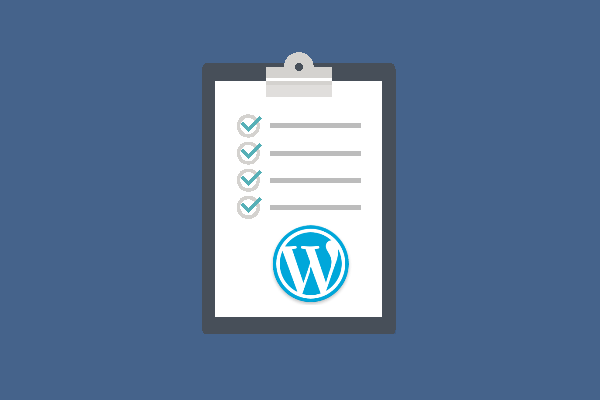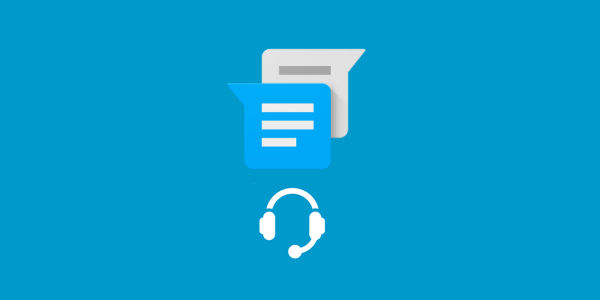There are countless uses and as many themes available for a WordPress website.
If you haven’t yet been completely flabbergasted at the sheer volume of available WordPress themes for all niches of both free and premium types, you’re lucky. For many beginners, this is one twisting winding road; one that often ends in disappointment as your WordPress website and content niche look absolutely ridiculous in a bright theme intended for handmade products.
To help you wade these waters, here is a checklist compiled of a few things you should keep in mind before selecting a WordPress theme for your website.
1. Niche-relevant features
First of all, establish a purpose for your website. Write it down on a sticky-note – eCommerce, news/ magazine/ blog, directory, event, business portal, or anything else really – and paste it right above your device’s screen.
Now head over to Envato’s themeforest.net and search for that purpose-word. Use the filters until you get the highest-rated/ best-selling/ top trending/ whatever items on the list for your specific niche.
THOSE are the theme types you NEED. All other features – Page builders and sliders and animation and shortcodes and widgets etc. are bells and whistles – good to have, but not necessary for your purpose. Now look around on other trusted WordPress theme sources like iThemes, ElegantThemes, WPMU-DEV, StudioPress, and of course the WordPress.org (or .com, if you’re on there) Theme Repository to find themes created in that fashion.
2. Absolutely Mandatory

A WordPress Theme must be 5 Things – Responsive, Lightweight, SEO-friendly, (specific) Plugin Compatible, Usable
Dive right in on the demo/live preview of the theme you’ve been eyeing. Copy the URL in your address bar and then start testing the theme for:
• Responsiveness – Resize your browser once the theme demo is loaded up, and make sure the content and design changes to fit but remains uncompromised (legible) on all dimensions. That’s a responsive theme. You can also use a tool like Screenfly to test the theme on different device screen sizes. Paste the demo URL in the input field.
• Lightweight (Performance) – This is a test for speed. The heavier your theme, the slower your WordPress website loads, and your visitor count takes a nosedive.
The best tool for this purpose is Google’s PageSpeed Insight. Paste the demo URL here and ensure that your theme (along with all its demo content setup) gets a score of at least 90 on both Performance (speed) and Mobile UX.
• SEO-friendly – Contact the theme developer if you can’t find information on the theme page about Schema.org Markup compatibility. Also test error-free performance on Theme-check.org (paste the demo URL) or W3C Markup Validation Service.
Some themes also come pre-optimized for SEO and Performance. But not all of them.
• Plugin Compatibility – Make a note of plugins you’ll need on your website. Email list building, Social media integration (or just the Instagram feed), Community building, Translation, and of course the essentials like SEO, Security, Spam Prevention, et al. If your theme is incompatible with any of the plugins/widgets you’ll be using, it’s going to be a whole load of hassle and downtime.
• Usability – This is a largely qualitative measure, but if your theme scored well on previous tests for responsiveness and speed; and has clear navigation, error-free performance, and captivating but distraction-free design, then your theme is usable in terms of UX (User Experience).
Also make note of – Retina Ready (high-def design for iOS devices), cross-browser compatibility, and ‘bundled’ plugins (3rd party plugins that come with the theme), RTL-ready (Right-to-Left language support), custom page and/or post templates, and any hardcoded features (will be gone if you change the theme).
Note: You can use these same tests on a theme development company/service provider’s previous work samples to determine their competence.
3. Support and Consistent Updates

Your theme author/developer (solo, freelance, team, company) should provide you support (in case you do run into some snags) and be dedicated to upgrading the theme regularly (since the WordPress platform and other good plugins are developed routinely, so your theme needs to keep pace).
Check with your WordPress development service provider or theme developer to ensure that they provide round the clock support and update their products (read: themes) consistently and without fail.
4. User Ratings/ Testimonials
Check with previous customers/ clients of the theme/WordPress theme development service, scour through the reviews or testimonials. And go with your gut if you think the reviews or testimonials are faked/bought by the company. Usually you can separate honest from fake by the subject matter – fake reviews simply talk about ‘awesome team and great support!’ and vague crap without going into specifics.
Endnote
Did you think it was all about design? That’s just the icing on the cake. Remember – Never judge a book by its cover, or a WordPress theme or development service by what they look like.
It’s what inside (under the hood) that matters.
























